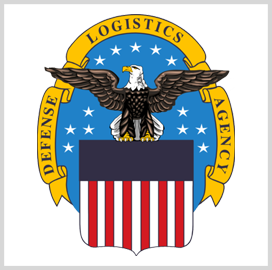The Defense Logistics Agency (DLA) is transferring an industrial hardware supply chain from its troop support unit to divisions respective of battlefield domains, DOD News reported Thursday.
DLA Aviation and DLA Land and Maritime will receive responsibility over more than 900,000 items including bolts, nuts and seals, as the agency seeks to support the missions of other government entities.
The agency expects to complete the transfer on Sept. 30th, which would be a year earlier than originally planned.
“Although customers shouldn’t notice much difference, they’ll now be able to get answers to all their questions on industrial hardware from one source depending on which type of system is involved,” said John Bray from DLA's human resources unit.





